Disclaimer: We sometimes use affiliate links in our content. For more information, visit our Disclaimer Page.
As the world’s economies grow, people buy more cars and trucks. This increased demand has led to a worldwide scramble for manufacturing capacity.
When it comes to finding Caterpillar competitors and alternatives, you have many great options to choose from. Of course, Caterpillar is the name that most people think of for heavy equipment. But the company is no longer the only player in the game.
This blog post will look at ten companies battling for the lead in the heavy equipment market.
Some of these companies are direct competitors to Caterpillar, while others target different market segments.
Whichever way you slice it, though, there is some serious competition in this industry!
Caterpillar
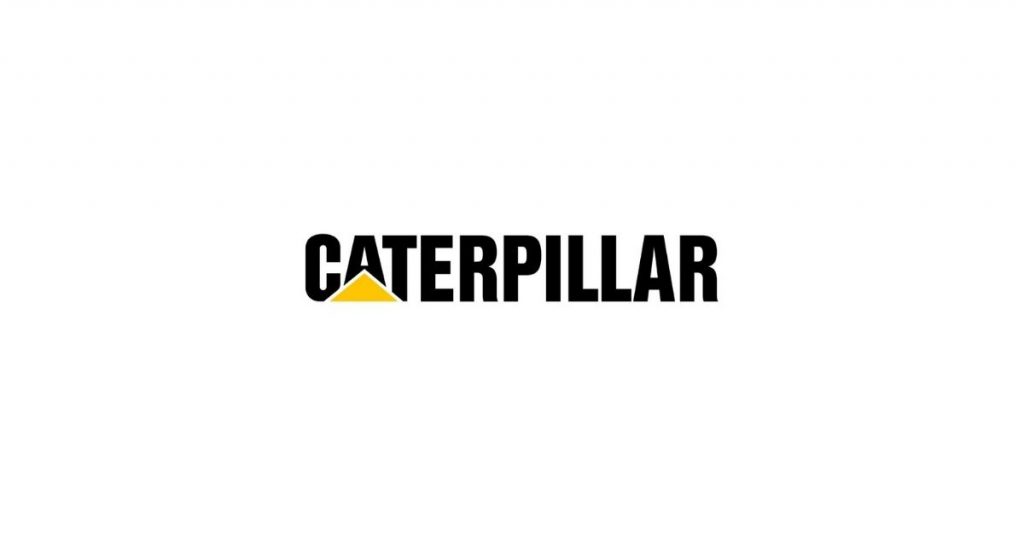
Caterpillar was founded in 1925 by Daniel Best and Benjamin Holt. First, the company started manufacturing gasoline-powered tractors. Then, in the 1940s, Caterpillar began to produce diesel-powered tractors, which became the mainstay of their business.
Today, Caterpillar is a leading construction and mining equipment manufacturer, with a global market share of about 50%. They compete with ten other companies, including giants like John Deere, Komatsu, Alta equipment company, and Hitachi.
It is one of the world’s largest suppliers in the mining and construction industry. Headquartered in Peoria, Illinois, Caterpillar is still owned by founder Benjamin Holt’s descendants. However, the company has become a global enterprise with over $38 billion annually.
What sets Caterpillar apart from its competitors is its wide range of products and services. Caterpillar currently manufactures all heavy-duty on-highway trucks (semi-tractors) large earthmoving equipment, including loader/excavators, industrial gas turbines, natural gas engines, and diesel-electric locomotives export markets. They also provide a wide range of services, from parts to financing and leasing.
It will be interesting to see how Caterpillar competes against its rivals in the coming years. The construction and mining equipment industry is a highly competitive market, with new players emerging all the time. However, Caterpillar has been at the forefront of this industry for many years, and I believe they will continue to lead the pack in the years to come.
Financial data
Caterpillar is a publicly-traded company with a current market capitalization of $83.3 billion. The company has generated significant revenue in recent years, with net sales of $55.7 billion in 2016. However, Caterpillar has also been posting substantial losses in recent years, with a net loss of $2.9 billion in 2016. In addition, the company’s debt levels are also high, with total liabilities of $41.4 billion as of 2016. This high level of debt could be a significant vulnerability for Caterpillar if the construction and mining machinery industry declines in the future.
Related: Etsy Competitors
SWOT analysis
Strengths
- A comprehensive product selection that aims to meet any customer need
- Ability to maintain high margins on old inventory because of their large scale manufacturing
- Unmatched dealer network in the industry with over 469 dealers across 50 countries worldwide
Weaknesses
- Has to deal with allegations of tax evasion in Switzerland.
- Struggling with a slowdown in China’s construction market.
- Has been plagued with a series of recalls on their products
Opportunities
- Unique opportunity to capitalize on the growth of the construction and mining industries.
- The company’s products are well-suited for these markets.
- Strong reputation for quality and durability.
- Well-positioned to take advantage of the increasing demand for infrastructure development in emerging markets.
Threats
- Primary threats from its competitors in the construction and mining machinery industry.
- Competitors have a strong foothold in the industry and are looking to Caterpillar’s market share.
- Caterpillar will need to continue innovating its products and expanding into new markets to stay ahead of the competition.
Top 10 Caterpillar’s competitors
John Deere
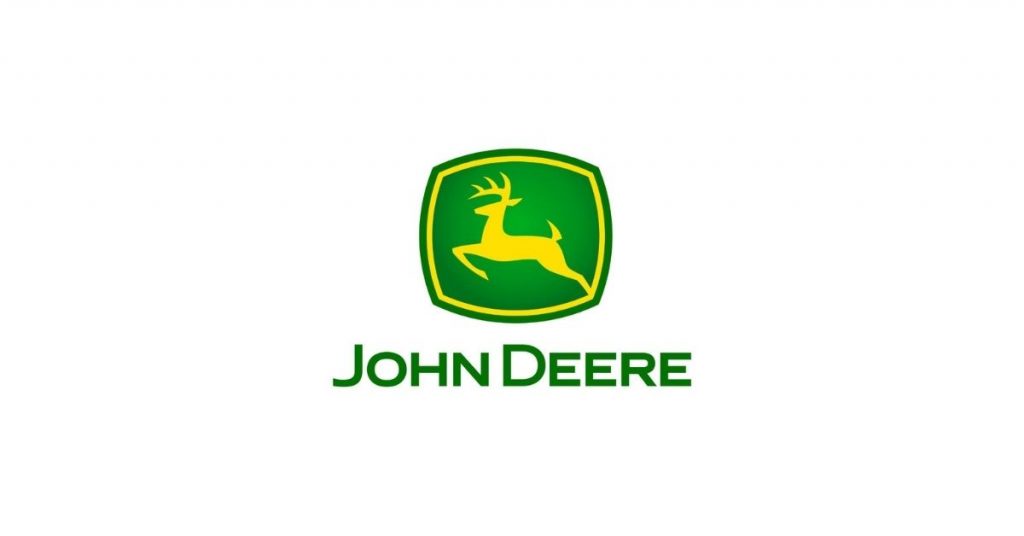
John Deere is a company known for its agricultural and compact construction equipment. They have been in business since 1837 when John Deere founded the company as a blacksmith shop. Deere quickly realized the potential in Harvester Threshers and began producing them in 1842.
Deere’s company grew rapidly and soon became a leading producer of agricultural machinery. Today, John Deere is still a major player in the construction and agricultural equipment markets and continues to produce some of the best equipment in the industry.
John Deere is the leading construction and forestry equipment manufacturer, with a market share of about 20 percent. John Deere’s annual revenue was $28.8 billion in 2016.
We can explore John Deere’s revenue and gross profit over the past five years in terms of financial data. John Deere has seen steady growth in revenue, with a slight dip in 2015. However, gross profit has been declining for the past two years.
Komatsu Ltd
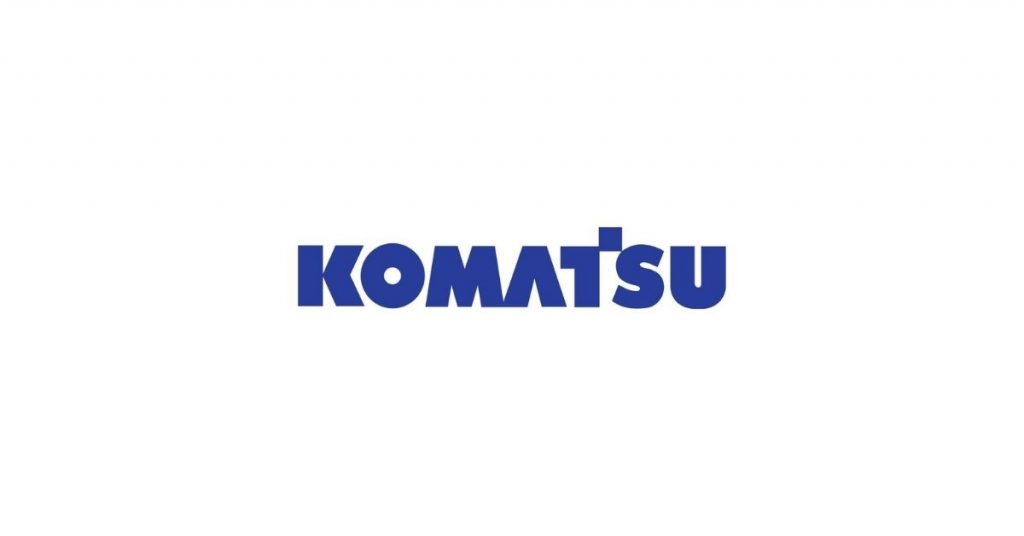
Komatsu Ltd is a Japanese multinational corporation that manufactures and sells construction, mining, and forestry equipment. The company was founded in 1921 by Takeuchi Mining Industry Co. Ltd. and is headquartered in Tokyo, Japan.
The company produces a wide range of construction and mining machinery, including excavators, bulldozers, wheel loaders, and dump trucks. Komatsu Ltd also manufactures industrial machinery such as forklifts, cranes, and road rollers.
Komatsu Ltd is one of Caterpillar’s top competitors, and they are neck and neck when it comes to market share. Komatsu has a stronghold in the Asian market, while Caterpillar dominates North America and Europe.
Komatsu’s annual revenue is approximately $22 billion, while Caterpillar’s is around $54 billion. However, Caterpillar has been growing faster than Komatsu, giving them the edge in this competition.
Komatsu Ltd.’s total revenue for the fiscal year ending March 2018 was ¥2.1 trillion (approximately $19.3 billion). For the same period, the company’s net income was ¥226.7 billion (roughly USD 2.1 billion).
Hitachi

Hitachi construction machinery company Ltd. is a Japanese company founded in 1910. Hitachi provides various services, including developing and manufacturing electronic equipment, power systems, and construction and industrial machinery. Hitachi has remained successful due to its focus on innovation and its commitment to quality.
Hitachi has a market share of about 18% and annual revenue of about $40 billion. Hitachi has a strong presence in the construction and mining equipment industry. It has an expansive product line, a diversified customer base, and a solid financial position. However, Hitachi also faces challenges, such as its limited geographic presence and dependence on the cyclical construction and mining equipment market.
It’s been the sixth-largest company in the world by revenue. The company operates with about 316,000 employees worldwide. Hitachi’s business areas are organized into five Group companies: Infrastructure Systems, Financial Services, Electronics, Power Systems, and Automotive Systems. The company’s stock is currently trading at a price-to-earnings (P/E) Ratio of 22.14, which is below the industry average of 28.17.
XCMG
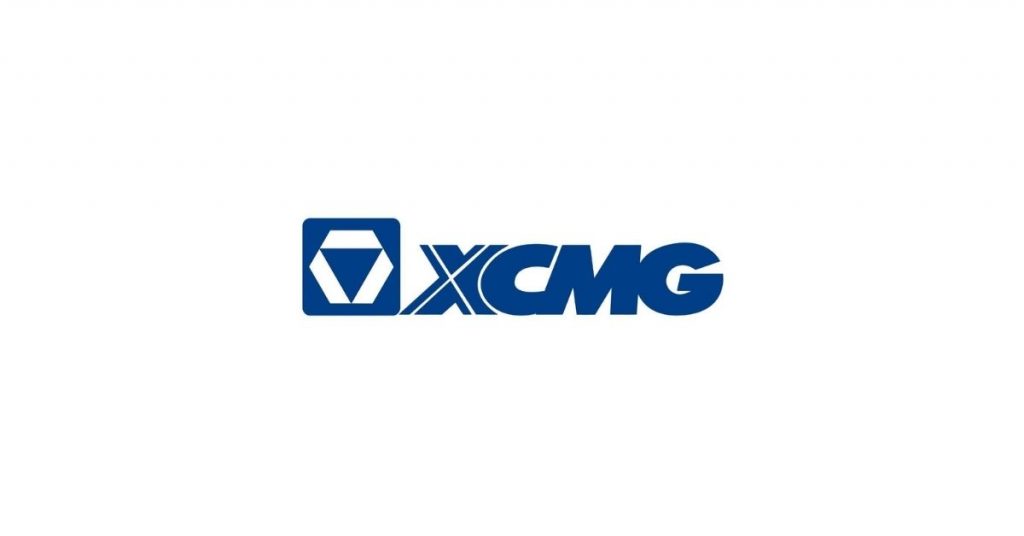
XCMG was founded in 1943 as a heavy equipment repair workshop in China. It has become the world’s largest construction and mining machinery maker, with over 60,000 employees and operations in 160 countries.
The company is also labeled as one of the resource industries. It provides a full range of equipment and services for the construction and mining industries, including earthmoving, road building, crushing and screening, concrete batching and production, material handling, drilling, tunneling, and quarrying.
XCMG is one of the world’s top construction and mining equipment makers. The company has a market share of 23 percent, and it generated a revenue of $5.5 billion in 2016. Some of the company’s most popular products include excavators, loaders, and cranes.
According to the XCMG website, the company has a total asset value of 27.8 billion yuan. The company’s net profits amounted to 2.3 billion yuan in 2016, and its revenues totaled 74.5 billion yuan. The company’s total debt was 9.8 billion yuan as of 2016.
CNH Industrial
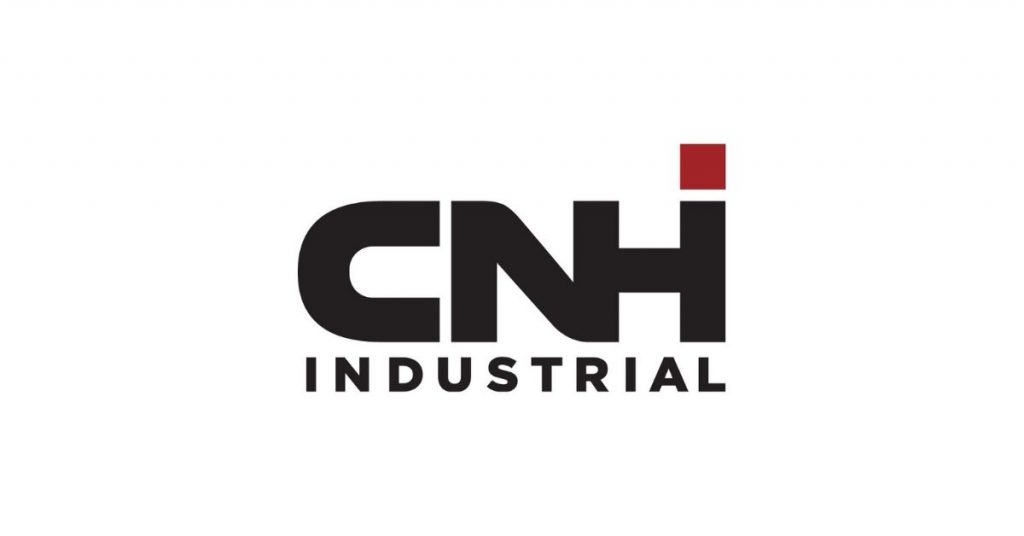
CNH Industrial is a multinational capital goods company that was founded in 2007 as a result of the merger between Fiat Industrial and CNH Global. The company provides products and services for the agriculture, construction, and transportation sectors. Their well-known brands include Case IH, New Holland Agriculture, and Iveco.
The company focuses on manufacturing agricultural equipment, construction equipment, commercial vehicles, and powertrain components. CNH Industrial was ranked as the 9th largest company globally in 2015, with total revenue of $24.7 billion. CNH Industrial is a global leader in construction and mining equipment, with a market share of approximately 15%.
The company has a strong financial position, boasting a revenue growth of 9.1% in 2017. CNH Industrial’s net income also saw a significant increase of 43.5%, making it one of the most profitable companies in the industry. However, Caterpillar still leads the pack in revenue and profit margin. With an income of $53.8 billion in 2017, Caterpillar is well ahead of CNH Industrial’s $24.2 billion.
Terex
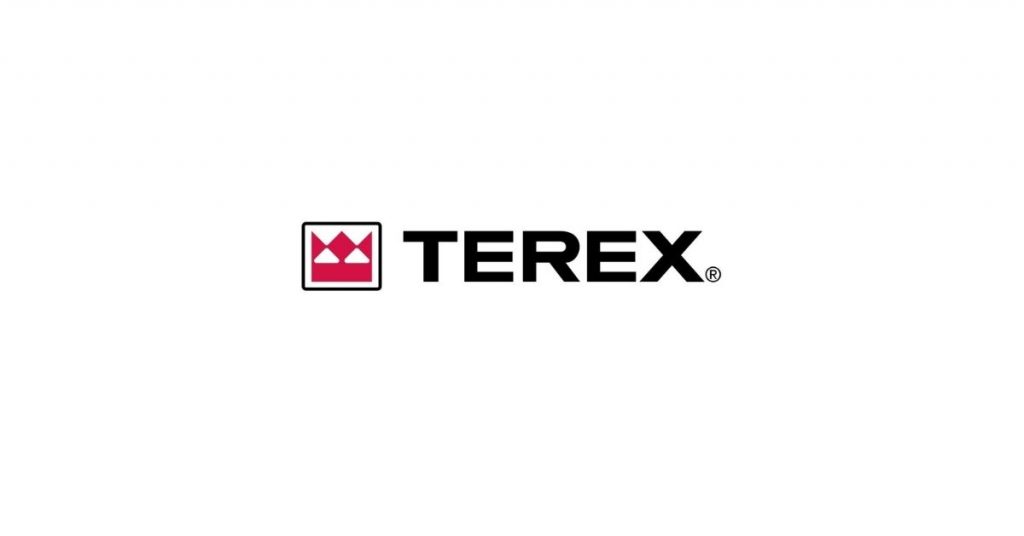
Terex is a global manufacturer of construction and mining equipment, cranes, and lifts. The company was founded in Westport, Connecticut, in 1925 by two brothers, Charles and Walter Terex. In World War II, the company began producing truck trailers for the US Army.
Terex soon expanded into manufacturing construction and mining equipment. Terex operates in more than 50 countries and employs over 27,000 people worldwide. The company has a vast construction machinery sector which includes cranes, aerial work platforms, excavators, wheel loaders, dump trucks, compaction rollers, and material handlers.
Terex ranks second globally with a 15 percent share, while Caterpillar sits in the number one spot with a 25 percent share. However, Caterpillar is far ahead of Terex in revenue, with $54.4 billion in sales compared to Terex’s $7.9 billion.
Terex’s annual revenue is growing at a faster rate than Caterpillar’s. As a leading global construction and mining equipment manufacturer, Terex boasts an impressive $5 billion in annual revenue.
As of 2016, Terex has 31,000 employees worldwide and reported revenue of $4.8 billion. Terex is a publicly-traded company that manufacturers construction and mining equipment. Its P/E Ratio is currently at 9.48, and it has an earning per share of 1.02.
Volvo CE
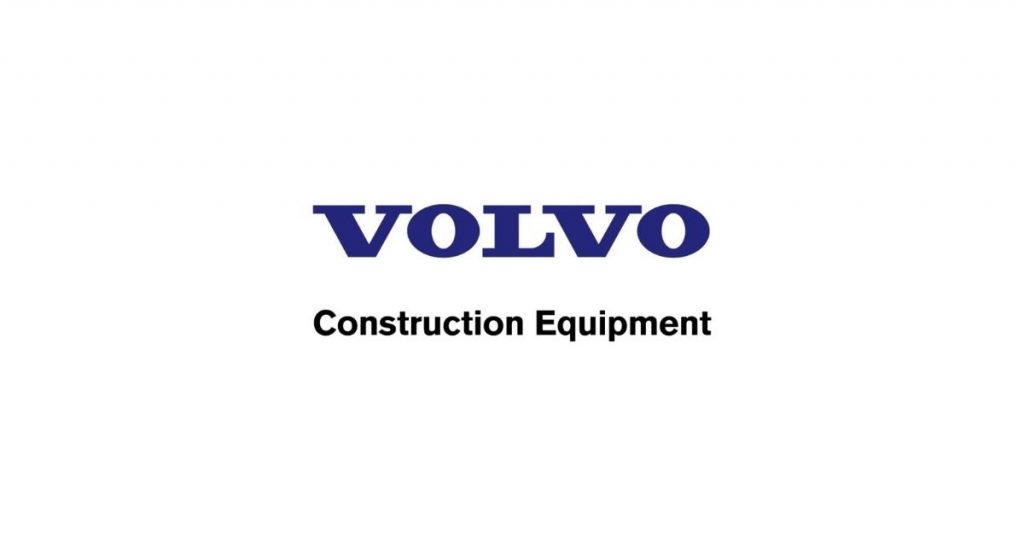
Volvo CE is a construction and mining equipment maker founded in Sweden in 1927. The company has a long history of supplying heavy equipment to the construction and mining industries.
Volvo construction equipment includes wheel loaders, excavators, articulated haulers, backhoe loaders, compactors, pavers, and crushers. In addition, the company provides sales and service support through a global network of dealers and distributors.
Volvo CE is a leading competitor in the construction and mining equipment industry, with a market share of 26.8% in 2016. Their annual revenue was $11.3 billion in 2016, making them the 2nd most significant player in the market. However, they are still far behind Caterpillar Inc., which has a market share of 43.8% and annual revenue of $38.5 billion.
The company has a strong presence in the European market but is looking to expand its reach into other parts of the world. Volvo CE’s financial data shows that the company is doing well, with a steady increase in revenue and profit over the past few years. Volvo CE has a higher P/E Ratio and earnings per share than Caterpillar Inc.
JCB
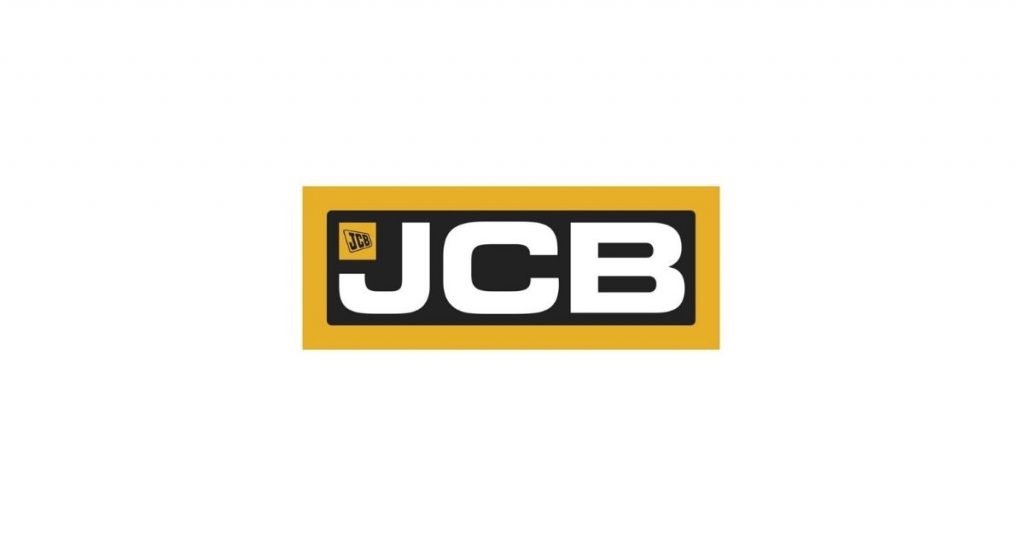
JCB is a construction and mining equipment maker founded in 1945 by Joseph Cyril Bamford. The company started as a small agricultural equipment maker but soon expanded into the mining and construction industries.
Today, JCB is one of Caterpillar’s main competitors and offers a wide range of products and services such as construction and mining equipment, agricultural equipment, and more.
JCB is a British multinational corporation that manufactures construction and agricultural equipment. It has a market share of about 18 percent and annual revenue of 2.5 billion pounds.
JCB has a market capitalization of £2.7 billion as of September 2015. The company has been profitable every year since 2007, reporting a profit before tax of £184 million on revenue of £2.5 billion in 2014. The company has a price-to-earnings ratio of 15.8 and earnings per share of 9.47.
SANY
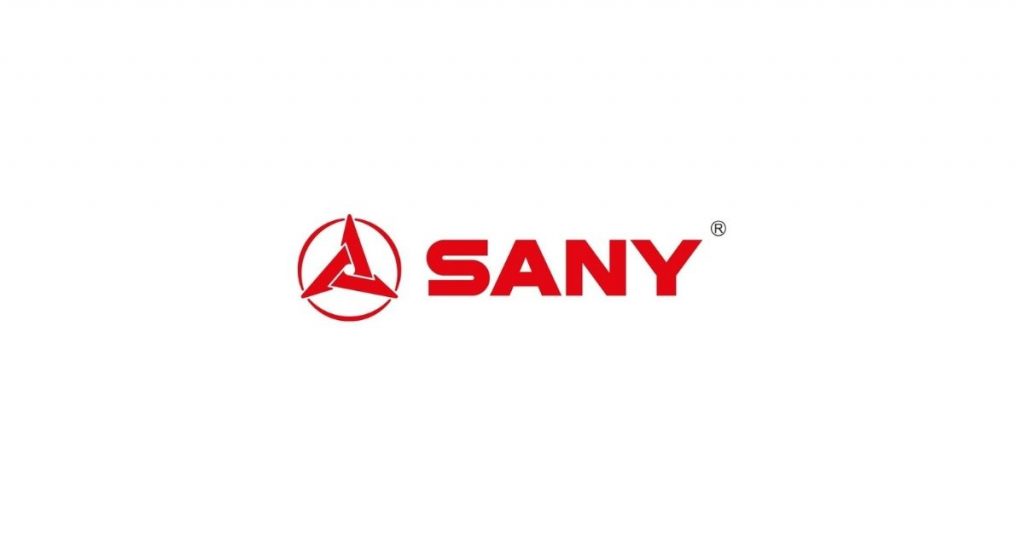
SANY Heavy Industry Co., Ltd. is a Chinese multinational corporation specializing in heavy machinery. It was founded in 1988 and is headquartered in Changsha, Hunan Province. The company has manufacturing facilities in China, Germany, India, and the United States.
SANY is a global construction and mining equipment maker with a market share of 10%. The company reported annual revenue of $7.5 billion in 2017. SANY has a strong presence in the Americas and Europe and is looking to expand further into the Asian market.
SANY’s revenue has been steadily increasing over the past few years. The company has a P/E Ratio of 25.5 and EPS of 1.81. SANY’s financial data shows that the company is growing rapidly and is profitable. As a result, SANY is a good investment, and the company will likely continue to grow in the future.
Liebherr Group
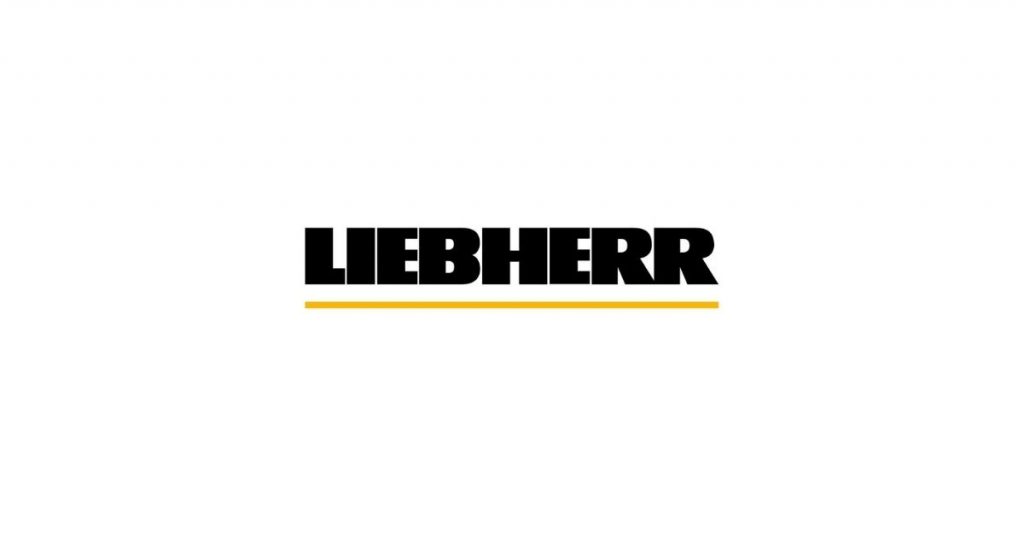
The Liebherr Group was founded in 1949 by Hans Liebherr. The company began as a mechanical workshop in the Black Forest region of Germany. It has since grown into a multinational corporation with over 43,000 employees. The company provides construction and mining equipment, industrial refrigeration systems, and maritime cranes.
Liebherr Group currently has a market share of 17%. Their annual revenue is estimated to be $9.8 billion, making them a formidable competitor to Caterpillar.
The Liebherr Group is a conglomerate company that produces construction and mining equipment. The company has a market capitalization of $27.9 billion, and it has a price-to-earnings ratio of 24.5. The company also pays a dividend of 1.1%, and it has earnings per share of 2.79.
Related: Gartner Competitors & Alternatives
Conclusion
Caterpillar has several competitors in the heavy equipment manufacturing industry.
While Caterpillar is currently the market leader, its competitors are hot on their heels and continue to innovate and bring new products to market.
Caterpillar must continue innovating and offering new products that appeal to its customers to stay ahead of the competition.





